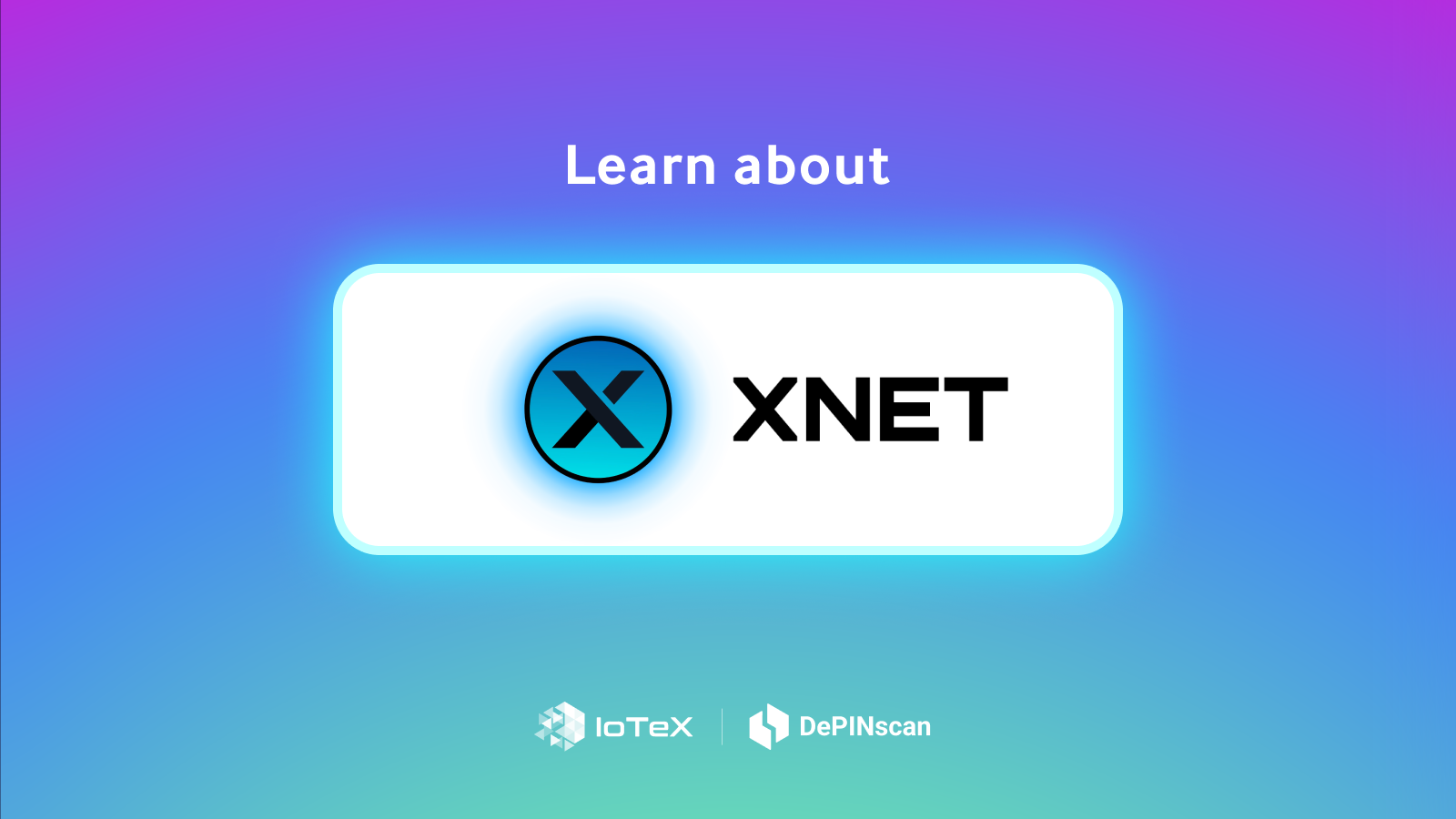DePIN Scan: Learn about XNET

XNET: THE NEXT MOBILE CARRIER

What is the DePIN project XNET all about? In an era where connectivity is as essential as the air we breathe, XNET emerges as a beacon of innovation, aiming to revolutionize the telecom industry from within. In the realm of global telecommunications, a $2 trillion industry dominated by traditional providers burdened with substantial debt, vast workforces, and significant government regulation, XNET introduces a disruptive alternative. Leveraging blockchain technology to establish a decentralized network, XNET aims to sidestep the inefficiencies and capital intensiveness inherent in traditional telecom models. This innovative approach seeks to not only enhance efficiency and scalability but also to provide a more cost-effective solution within the expansive telecom market, challenging the status quo with its lean, agile operations.
Architecting the Future of Connectivity
At its core, XNET differentiates itself through a robust technical architecture designed for seamless integration with Tier-1 networks. The initiative leverages the founders' profound insights into the telecom landscape, engineering a solution that transcends the limitations of conventional network models. This ability to integrate seamlessly with tier-1 mobile network operators (AT&T, Verizon, T-Mobile, DISH) gives XNET access to over 350 million customers in the United States.
DePIN and The $XNET Sharing Economy
DePIN, short for Decentralized Physical Infrastructure Networks, refers to decentralized applications that use token incentives to encourage individuals to offer services through real-world physical infrastructure, such as machines or devices. Unlike traditional business models that require substantial upfront capital, DePIN adopts a bottom-up, grassroots approach, enabling organizations to scale incrementally.
XNET incentivizes operators with $XNET tokens to set up cellular small cells in areas identified as "XNET Clusters" (categorized as gold, silver, and blue hexes) where coverage is most needed. These specific zones, pinpointed using data from telecom operators, face significant coverage and capacity challenges due to the rapidly increasing demand for data.
XNET Cluster in Houston, Texas https://explorer.xnetmobile.com/
XNET's architecture allows mobile network operators to offload their customers onto the XNET network in designated areas, providing a solution for coverage and capacity issues. For the data transferred through the XNET network, mobile network operators pay a premium price per gigabyte. To maintain a deflationary effect on the $XNET token, XNET allocates 40% of all network revenue to purchase and burn $XNET tokens from the open market.
Understanding the intricate dance of unit economics and long-term sustainability is where XNET truly shines. The network's incentive structure is a masterclass in balance, offering clarity and flexibility to navigate the evolving challenges of technology, regulation, and market dynamics. Through thoughtful token allocation and a keen eye on the horizon, XNET is not just building a network; it's nurturing an ecosystem poised for exponential growth and unparalleled resilience.
Recent Progress
In addition to rapidly expanding our cellular network, XNET introduced its newest Wi-Fi product.
At a sub $200 price point and the ability to offload 240M cellular users (ATT subscribers), XNET is taking the DePIN space by storm. With several carrier roaming deals in flight alongside the network entering its exponential growth phase 2024 should be an extremely exciting year for XNET.